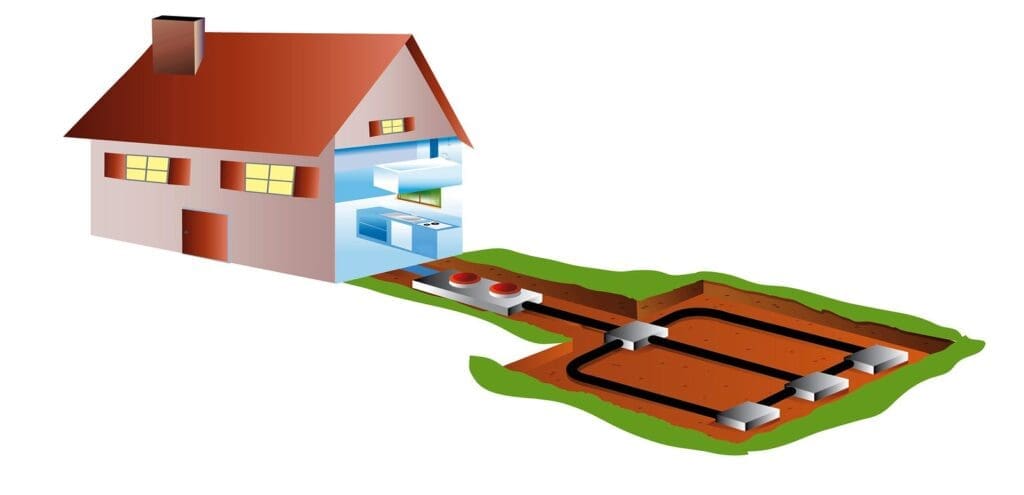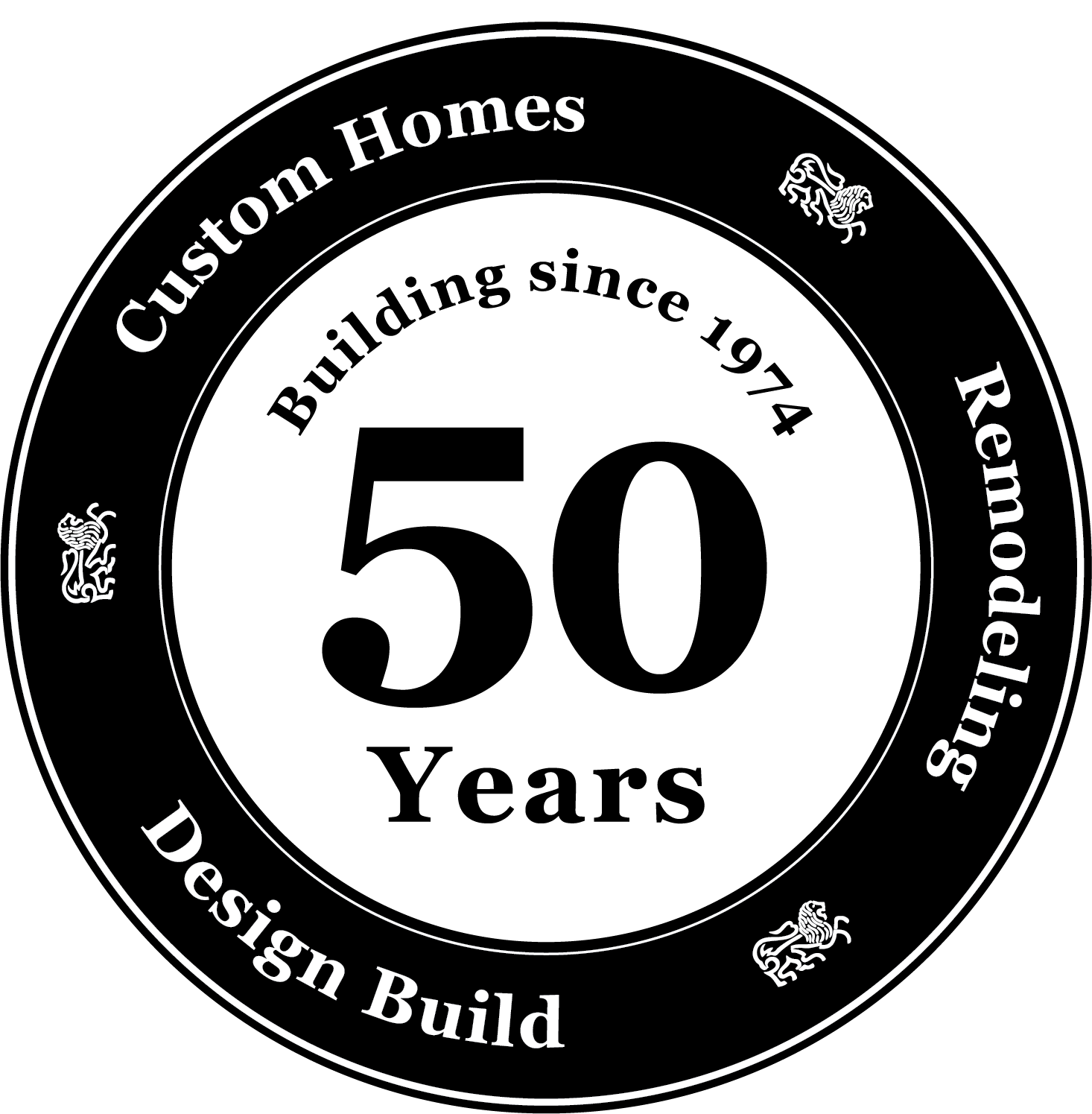
As custom home builders, we encounter every home trend, from all white kitchens to wood tile fireplaces. No matter your style, we are always happy to design and build your dream home. Nevertheless, there are some home trends that we really get behind. Geothermal heating and cooling is one of those.
Energy efficient homes are no longer simply a trend but an industry standard, and Geothermal heating and cooling is one way to build a more efficient home. Surprisingly, many homeowners are not familiar with this heating and cooling option, so we wanted to answer some of the most commonly asked questions about Geothermal heating and cooling.
What is Geothermal Heating and Cooling?
Traditional home heating and cooling systems utilize the outside air to regulate the temperature within your home. Geothermal heating and cooling uses a system of pipes under the ground outside your home to regulate the temperature inside.
The underground piping system circulates water to exchange heat between your home and the earth. During the winter, water in the pipes absorbs the heat naturally stored below the earth’s surface. That water is then taken to a heat pump, which concentrates the heat to use as warm air in your home. In the summer months, Geothermal cooling absorbs heat from within your home and then transfers it to the underground pipes. The ground absorbs the heat from the pipes and cool water is pumped back to your home to make cool air.
Why choose a Geothermal Heating and Cooling system?
How does 400-600% home efficiency sound? If you didn’t even know this was possible, you’re not alone. Geothermal heating and cooling can save $2,000 in the average new home – even without other upgrades such as Energy Star appliances or CFL fluorescent lights.
How does Geothermal heating and cooling save you money? Throughout the year, the Earth remains a constant temperature just below the surface. Geothermal heating and cooling utilizes this consistency to naturally exchange heat with the Earth. On the other hand, traditional heating and cooling relies on the outside air, which dramatically changes season-to-season. In the extreme temperature months during the summer and winter, you’re traditional heating and cooling system has to work extra hard to create a stable air temperature within your home.
In addition to these savings, some state and local governments offer tax incentives for having a Geothermal heating and cooling system. You can find out if your location qualifies for tax credits here.
Of course, there are costs that you accrue when purchasing and installing a geothermal heating and cooling system. But these costs are worth it if you plan to be in your home for many years.
How is Geothermal Heating and Cooling better for the environment?
Not only are you saving money with Geothermal heating and cooling, but you’re also benefiting the environment.
The obvious benefit for the environment is reduced fossil fuel consumption, which has an overarching effect of lowering your contribution of pollution. Additionally, you aren’t using fire to heat your home, meaning no carbon monoxide or gas leaks.
One environmental benefit that isn’t often considered is noise pollution reduction. Geothermal heating pumps are quieter than traditional air conditioning systems that utilize an outdoor fan.
Geothermal heating and cooling systems are also designed to be long-lasting. The system’s long life means less energy is expended in manufacturing and installation. Geothermal heating and cooling systems are designed to save you money and help the environment for decades to come.
If you’re looking to build a custom home, consider a Geothermal heating and cooling system. Whether you’re ready to start building your dream home or you want to renovate your current home, we can help! Let’s start the conversation today.

